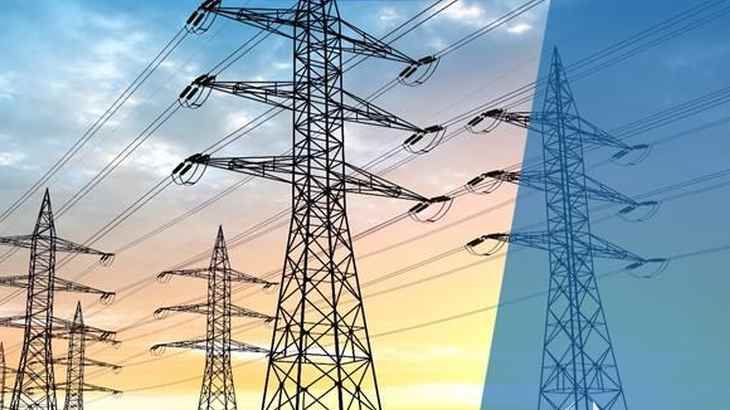UPDATED WITH COMMENTS FROM Jozsef Balogh
The European Commission calls for all those interested in, from large industrial consumers to SMEs and households, to contribute “to the reform of the European Union’s electricity market design to better protect consumers from excessive price volatility, support their access to secure energy from clean sources, and make the market more resilient”. The consultation will run until 13 February and focuses on four main areas:
- Making electricity bills less dependent on short-term fossil fuel prices, and boosting the deployment of renewables;
- Improving market functioning to ensure security of supply, and fully utilize alternatives to gas, such as storage and demand response;
- Enhancing consumer protection and empowerment;
- Improving market transparency, surveillance and integrity.
Up to now, there are 40 valid feedback instances received, most of them (11) from France, only one from Romania, one from Bulgaria, and one from Hungary. 31 messages came from individuals and only 5 from companies.
What are your points of interest? Write us, and we will help you get more traction for them!
In a comment made by Jozsef Balogh, he addresses three points of major importance for the future well-functioning of the EU’s electricity market.
Cut the link with gas
The wholesale trading in the EU is based on “old-school” marginal pricing, also known as a pay-as-clear principle. All electricity generators get the same price for electrons they are selling for a given hour: all producers bidding into the market are placed in ascending price order, from the cheapest to the most expensive ones. The most expensive bid accepted gives the clearing price for the full amount of electricity traded in that particular hour. All other points are disregarded.
Jozsef Balogh considers that the current model of “pay-as-clear” is “fundamentally flawed and it has distorted EU commodity trading”. “The European electricity markets paid even the most polluting Balkan and Ukrainian power plants as if they were the most modern and efficient gas-fired power stations. This non-sense accounting strategy led to the fact that a Serbian lignite power plant, the smoke of which covers Belgrade on a foggy winter day, received extra income as and when European natural gas prices went up”, he argues.
ACER also referred to this unhealthy link between gas prices and electricity volatility in their April 2022 report. Here the main observation was that “the electricity market design is, however, not designed for the ‘emergency’ situation”. The document also urges for going even further on the same direction: “The continued integration of European energy markets will be critical to delivering the EU’s ambitious decarbonization trajectory” (at page 18).
Market coupling
This seems to be the second error not mentioned in the above EU press release, believes Jozsef Balogh. “The essence of market coupling is that an algorithm (as opposed to traders) distribute limited cross-border capacities between different countries (bidding zone, as it is officially called). If an hour is more expensive in Romania than in Hungary, then Hungarian electricity will flow toward Romania, and vice versa. […] The basic idea is sound and good, but it is assumed that countries of similar size and trading cultures will be linked together. Sadly, this is not the case. If the German-French electrical system is in “import” operating mode (because there is no wind, because nuclear power plants are not running), then this duo will extract all electricity from Central Europe as long as free transmission capacities are available. […] This EU obsession with forced market coupling must be reconsidered: there is no hard evidence that market coupling is actually improving the efficiency of the local markets, but volatility (price change) is much greater now than before market coupling.” More from the same analyst on this topic HERE, (in HU).
CO2 pricing
Finally, Jozsef Balogh starts from the trivial observation that CO2 quotas are raw materials for electricity generators, very much like coal, oil or gas. To bluntly describe the European carbon trading system, it seems to be “the only market in the world that both the EU and traders manipulate together and at the same time”… Most of the CO2 quotas are in the hands of financial speculators; physical emitters (power plants, fertilizer factories, air transport, etc.) have become second fiddle only here, but they pay the price for the whole ‘show’ (and then pass it on to their own consumers). European carbon trading has become a ‘self-propelled’ market (not concerned with the interests of the emitters), operating with a complete financial mentality, where ‘social utility’ is not even a theoretical consideration”, he notes, with some exaggeration.
